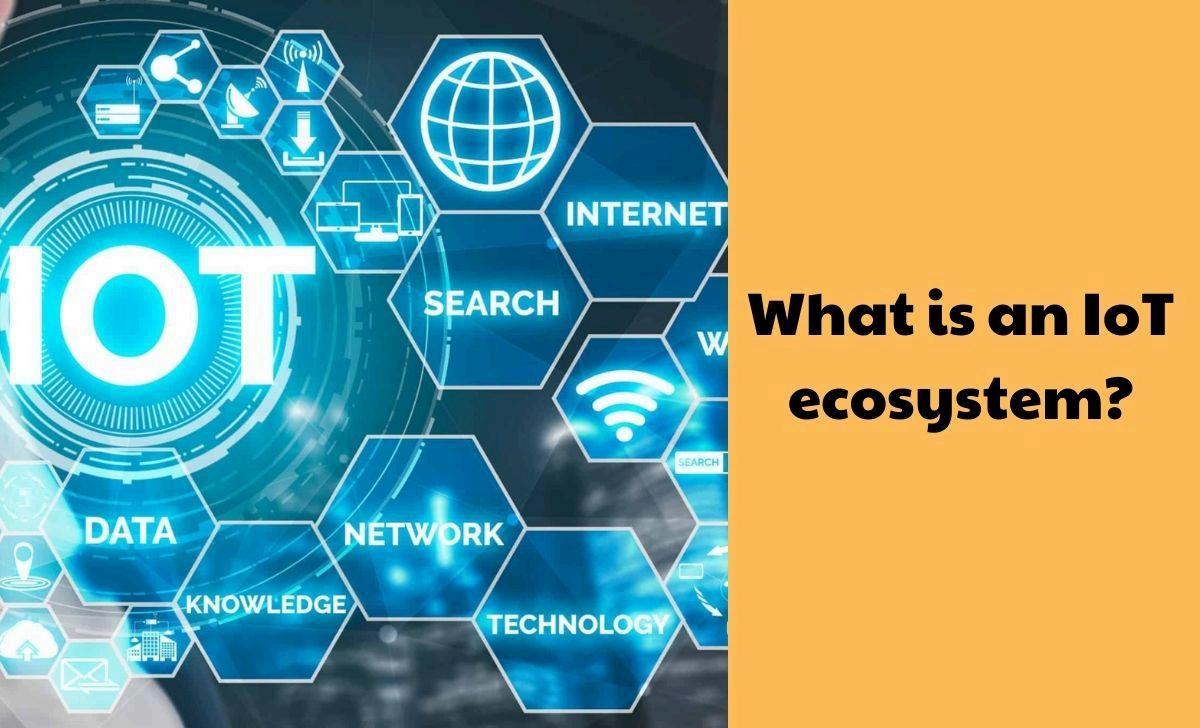The Internet of Things (IoT) is growing at a rapid pace, changing the way we interact with the world around us. In this article, we will explore two important aspects of IoT - machine-to-machine (M2M) and peer-to-peer (P2P) communication - and their role in shaping the future of this technology.
We will learn about the IoT ecosystem, IOTA technology, and how M2M and P2P are creating a new model of interaction in a connected world.
What is an IoT ecosystem?
The Internet of Things (IoT) ecosystem is a complex and diverse network of devices, sensors, software, and network connections that enable seamless data collection, exchange, and analysis. This ecosystem is rapidly growing and expanding, creating new opportunities for innovation and growth in many areas.
IOTA Technology and How It’s Changing IoT
IOTA technology is emerging as a potential solution to many of the challenges facing the IoT ecosystem With its unique approach, IOTA promises to bring significant changes to the way IoT works.
IOTA is a decentralized technology designed specifically for the Internet of Things. Unlike traditional blockchains, IOTA uses a data structure called Tangle, which allows for faster, feelless, and highly scalable transactions.
The Tangle is a directed acyclic graph (DAG) in which each transaction validates two previous transactions. This eliminates the need for miners to validate transactions, as in traditional blockchains, resulting in a faster and more energy-efficient system.
IOTA also introduces the concept of zero-value transactions, which allows for the transfer of data without payment. This is a particularly useful feature for IoT, where devices frequently exchange small amounts of data.
M2M and P2P: New Interaction Models
In the world of IoT, the interaction models between devices are becoming increasingly diverse and complex. The two main models being considered are Machine-to-Machine (M2M) and Peer-to-Peer (P2P). Both models have a major impact on the way devices communicate and interact with each other
The concept of M2M in IoT
M2M refers to the ability of devices to communicate with each other autonomously without human intervention. This allows devices to collect data, share information, and take actions based on that information.
The M2M model is commonly used in a variety of applications, from environmental monitoring to asset management and industrial process automation. For example, in smart agriculture, sensors can automatically send data about soil moisture or air temperature to a central system, which can then make decisions about watering plants or adjusting the heating system.
Learn about the P2P model
Unlike M2M, the P2P model allows devices to communicate directly with each other without going through an intermediary server. This creates a decentralized network where each device can act as a node in the network.
The P2P model has several advantages, including higher scalability and better reliability In a P2P network, if one device fails, the other devices can continue to
operate without being affected. For example, in a smart lighting system, each light bulb can communicate directly with each other to adjust brightness and save energy, without having to send information to a central server.
Comparing M2M and P2P
When comparing these two models, it is clear that both have their own advantages and disadvantages. The M2M model is often easier to deploy and manage, but it relies on a central server, which can become a weakness if the server fails.
On the contrary, the P2P model is more flexible, but also requires a certain level of complexity in management and security P2P systems need to be designed so that devices can authenticate each other and ensure data integrity
The Future of M2M and P2P in IoT
Both M2M and P2P will play an important role in the future of IoT. As the number of connected devices increases, choosing the right interaction model will become extremely important.
We can see a trend towards a hybrid model, combining M2M and P2P, to maximize the advantages of both. Some smart applications will not rely on a single model but will flexibly integrate different communication methods to optimize performance and scalability.
The significance of M2M and P2P in business
In the context of business, the application of M2M and P2P models can bring many economic benefits. Businesses can reduce operating costs, improve service delivery, and enhance customer experience.
Especially in areas such as logistics, autonomous vehicles, and healthcare, M2M and P2P help optimize workflows and create greater value for businesses. By standardizing communication between devices, businesses can quickly detect and handle problems arising, while improving their competitiveness in the market.
Conclusion
In the context of rapidly developing technology, the IoT ecosystem is witnessing strong changes from the M2M and P2P models. The development of technologies like IOTA has opened up new and promising opportunities for the future of IoT
Understanding these interaction models will not only help businesses maximize the potential of IoT, but also contribute to building a more connected, smarter world.




